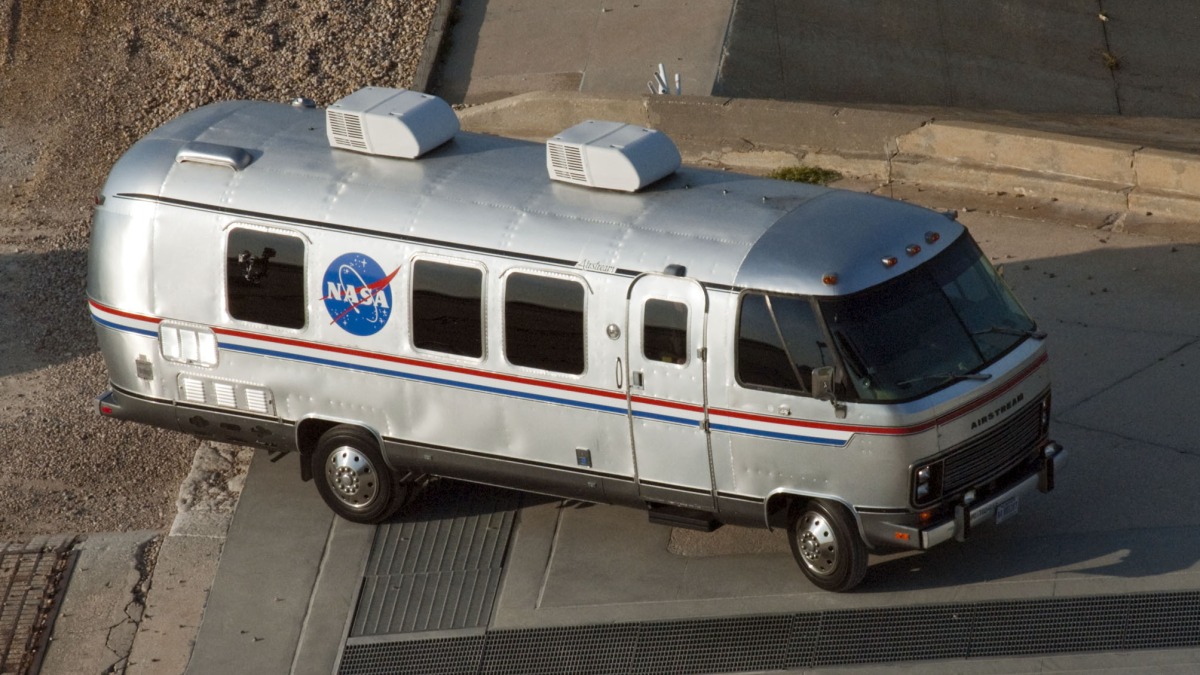Future moon crews will have an electric ride to the launchpad.
Starting with Artemis 2, the mission NASA hopes to send around the moon in 2024, crews will take their last ride on Earth before launch using electric crew transportation vehicles provided by Canoo Technologies Inc.
Canoo will supply a fleet of three to ferry the spacesuited astronauts, their support team and any needed equipment 9 miles (14.5 kilometers) from the Neil Armstrong Operations and Checkout Building to Launch Pad 39B at NASA’s Kennedy Space Center (KSC) in Florida.
“The new transports will be based on the company’s all-electric LV [launch vehicle] models, customized for NASA’s unique needs,” the agency stated on April 13.
“For example, the vehicles are required to seat eight, including four fully suited crew members,” the agency continued. “The futuristic transports with pod-shaped exteriors will be an environmentally friendly solution, using zero-emissions technology for the next generation of explorers.”
Related: NASA’s Artemis 1 moon mission explained in photos
Similarly to the space shuttle era, NASA plans to use the new vehicles to carry the crews to the launchpad, but the fleet will also support prelaunch operations, training and launch countdown rehearsal tests, the agency said. The vehicles should be delivered no later than June 2023, NASA added.
The agency released the news the same week it was attempting to complete a crucial “wet dress rehearsal” for Artemis 1, an uncrewed predecessor to demonstrate an orbital mission around the moon. The rehearsal was halted Thursday (April 14) after a series of glitches, and NASA later decided to roll the Artemis 1 stack off the pad to address the issues. It’s unclear when the wet dress will resume.

The new electric vehicle will replace the shuttle-era “Astrovan” that transported NASA crews to the launchpad for launch dress rehearsal, on launch day and after landing. The modified Airstream transport van was used from shuttle missions STS-9 through STS-135, between November 1983 and July 2011. The van is now on display at the KSC visitor center.
But the new electric vehicles are not the only way NASA astronauts can get to the launchpad these days. SpaceX uses a Tesla Model X to get crews to KSC’s Launch Pad 39A for Crew Dragon missions, and Boeing plans to use a customized Airstream Atlas Touring Coach, dubbed Astrovan II, when it starts crewed missions using its Starliner capsule.
Other vehicles were used for early space missions. The Mercury 7 astronauts traveled in a modified trailer pulled by a REO Motor Co. tractor, Gemini astronauts used a different transfer van, and Apollo, Apollo-Soyuz and early shuttle crews had their own “Astrovan,” a converted Clark Cortez motor home.
Follow Elizabeth Howell on Twitter @howellspace. Follow us on Twitter @Spacedotcom and on Facebook.

